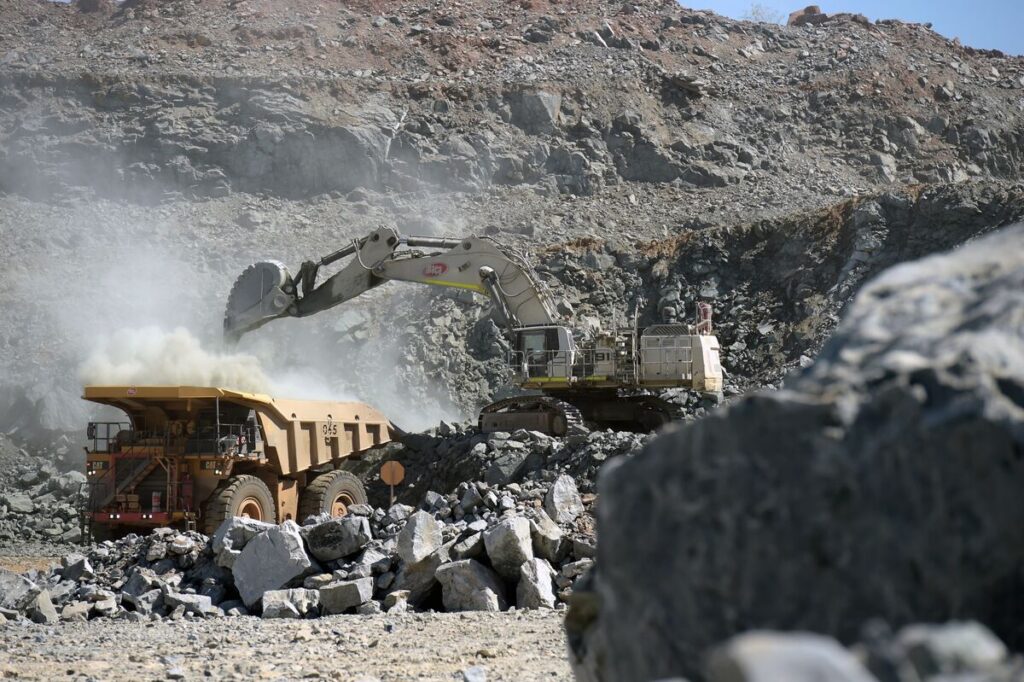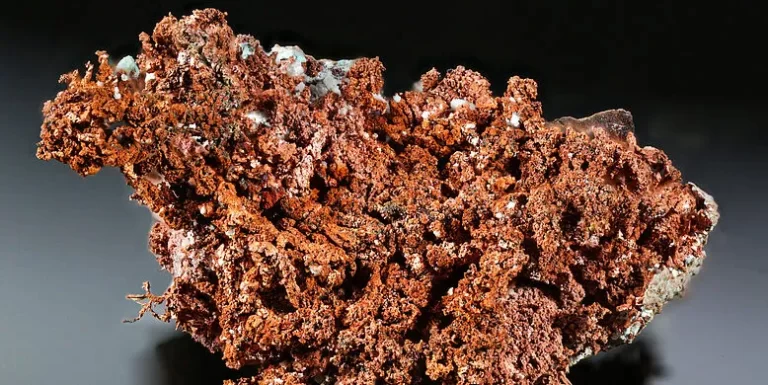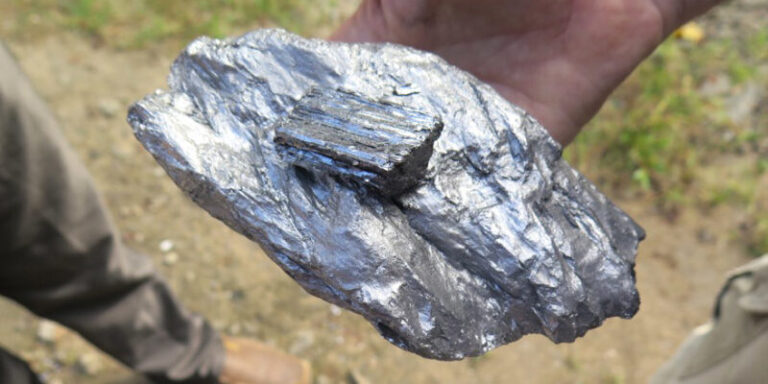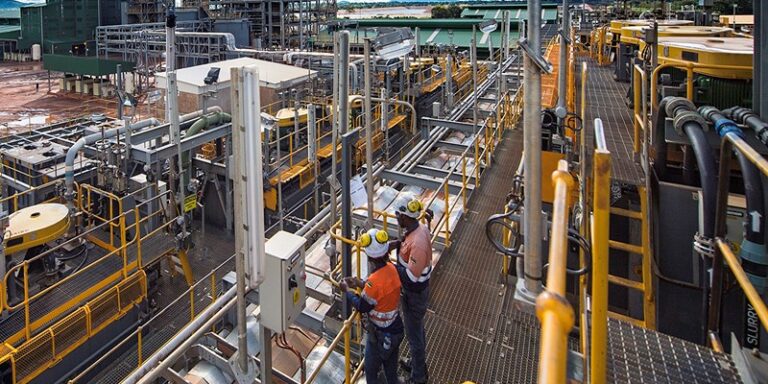
Chinese miners and refiners are driving a significant increase in African lithium production, pushing forward despite concerns of an oversupply to secure future resources of this essential battery metal.
Africa is projected to account for nearly 11% of global lithium supply this year, a substantial rise from nearly zero at the start of the decade, according to S&P Global Commodity Insights. This share is expected to grow to over 14% by 2028.
The sharp rise in lithium prices during 2021 and 2022 spurred a wave of Chinese investment in African lithium production.
However, lithium prices have since plunged by more than 80% due to increased supply and slower-than-expected electric vehicle sales.
Despite the anticipated global surplus in lithium production this year, China, which dominates global lithium chemical production, continues to expand its refining capacity.
This has made China increasingly reliant on overseas supplies, noted Claudia Cook, an analyst at Benchmark Mineral Intelligence.
She added that as resistance to Chinese involvement in Western lithium projects grows, Africa is well-positioned to fill this gap.
Zimbabwe leads Africa’s lithium production, contributing more than two-thirds of the continent’s output. Chinese companies like Zhejiang Huayou Cobalt Co., Sinomine Resources Group Co., and Chengxin Group Co. have invested billions in mines and processing plants in Zimbabwe. Additionally, Chinese-backed projects are also underway in Mali, Namibia, and Nigeria.
According to Lukasz Bednarski, S&P’s principal research analyst for lithium and battery metals, Africa is set to see 15 new or expanded lithium mines operational by 2030. These projects are expected to be economically viable even at current price levels.
“The growth in the last three years has been remarkable,” Bednarski remarked.
New production capacity is expected to come online just as the market shifts back to a deficit, following a peak in global lithium surplus in 2027, according to Benchmark.
While Zimbabwe’s industrial mining operations provide more transparent lithium output data, tracking supply from countries like Nigeria, where lithium ore is often extracted with rudimentary tools, is more challenging.
Nigeria was the second-largest source of African lithium over the past 18 months, according to Thomas Matthews, a battery metals analyst at CRU Group.
More than half of Africa’s lithium production last year came from artisanal or small-scale mining, Matthews noted.
However, the growth in industrial operations is expected to surpass this informal activity. Nigeria, which opened its first lithium processing facility in May, is developing several more Chinese-backed projects as the government seeks to regulate the trade and maximize revenue.
In the first half of this year, low-grade material from Africa accounted for over a quarter of China’s lithium imports on a metal-contained basis, Matthews said.
Western companies are also eyeing African lithium. Atlantic Lithium Ltd., registered in Sydney, is constructing Ghana’s first lithium mine to supply concentrate to the U.S., taking advantage of tax credits introduced by President Joe Biden.
London-listed Andrada Mining and Canada’s Tantalex Lithium Resources Corp are developing projects in Namibia and the Democratic Republic of Congo, respectively.
Notable figures like Algy Cluff, a British entrepreneur known for pioneering the UK’s offshore oil and gas industry in the 1970s, and Hugh Morgan, an Australian businessman formerly leading a copper and nickel miner acquired by BHP Group, are also pursuing significant lithium production in Zimbabwe and Nigeria.
While Australia, Chile, and China are expected to account for about 70% of total lithium supply this year, the rise of African mines will reduce their combined share to just over half by the end of the decade, according to Benchmark’s Cook.
Africa’s growing role in lithium production “represents a broader trend toward diversifying the sources of lithium globally,” Cook observed.





